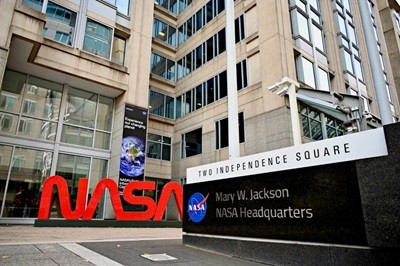Companies have made impressive progress in measuring Earth’s environmental changes from space. GHGSat, an emissions-monitoring company in Montreal, Canada, tracks methane leaks from landfill sites and oil rigs. Earth-imaging firm Planet in San Francisco, California, uses more than 200 satellites to record land and infrastructure for the energy, insurance and maritime sectors. Data-analytics company Spire in San Francisco converts radio signals from navigation satellites into estimates of ocean height and wind speed to support weather forecasts. European aerospace firm Airbus operates radar satellites that can be used to study volcanoes, wetlands and sea ice.
Space agencies are taking note, and several, including the European Space Agency and NASA, are incorporating commercial data into their portfolios to make them available to researchers. Both agencies have defined processes for evaluating externally produced data, providing science-based assessments of the accuracy, geographical targeting and usability of the observations.
Google AI model mines trillions of images to create maps of Earth ‘at any place and time’
As an academic researcher, I have been excited to participate in efforts to increase the adoption of data from commercial satellites to complement publicly provided information. For example, supported by NASA, I have begun to apply GHGSat data to estimate methane emissions from a landfill site in Brazil. I am also exploring how to use data from companies such as Spire to support hurricane risk-reduction efforts in Puerto Rico and Mexico.
I have found that data gathered by commercial organizations are innovative and useful. But I also know that private companies alone cannot provide all the Earth-observation data that the world needs. Nor should they.
As governments debate science budgets and consider the role of the public and private sectors in environmental monitoring, it can be tempting to look for ways to increase efficiency and move public-sector operations to the private sector. The progress of commercial satellite operators might seem to provide evidence that NASA will not need to operate as many satellites in the future as it does now. Indeed, US President Donald Trump’s budget request for the 2026 fiscal year proposes to cancel NASA funding for several government-operated Earth-observation missions. But this is the wrong lesson to learn from private-sector progress.
Instead, governments and researchers should continue to pursue a balance between the contributions of the commercial and public sectors to environmental monitoring. Satellite-based Earth-observation missions operated by the public sector remain relevant, because they have several unique features.

‘We dissent’: NASA staff declare opposition to Trump cuts
First, such missions are set up to answer scientific questions or to maintain public services, such as weather forecasts or flood-response systems. Although commercial Earth-observation companies can contribute, governmental entities should take the lead to ensure that publicly controlled and validated data, models and forecasts are produced — and trusted.
